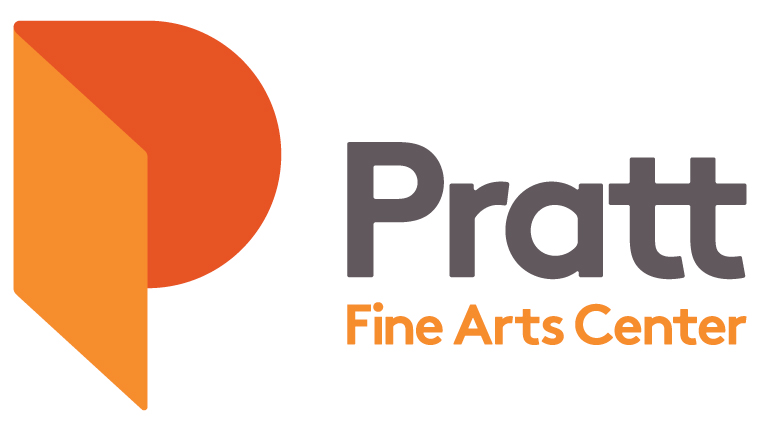- 2023-03-19
Read Matthew Kangas' Review of Henry Jackson-Spieker's, "Interstitial Volume" Installation in Sculpture Magazine
For “Interstitial Volume” (on view through April 1, 2023), Henry Jackson-Spieker has created three discrete installations related to the architecture of MadArt, a glass-fronted storefront space in South Lake Union, Seattle’s high-tech skyscraper ghetto. Referring to spaces in between, separations or lines, this show (the Seattle-based artist’s third presentation in the city since “Sight Lines,” his 2019 debut exhibition, at Method Gallery) employs ordinary and state-of-the-art materials to explore three recurring themes—“tension, perception, and environment.”
Henry Jackson-Spieker
by Matthew KangasSeattle
For “Interstitial Volume” (on view through April 1, 2023), Henry Jackson-Spieker has created three discrete installations related to the architecture of MadArt, a glass-fronted storefront space in South Lake Union, Seattle’s high-tech skyscraper ghetto. Referring to spaces in between, separations or lines, this show (the Seattle-based artist’s third presentation in the city since “Sight Lines,” his 2019 debut exhibition, at Method Gallery) employs ordinary and state-of-the-art materials to explore three recurring themes—“tension, perception, and environment.”
Jackson-Spieker draws on the investigations of the Light and Space movement—Robert Irwin, James Turrell, DeWain Valentine, Larry Bell, and others—pushing toward structures that are even less embodied, that require close participation and involvement from the viewer’s body. In this sense, his works are mildly performative, but for the public rather than the artist.
Enclosure could be considered a fourth theme in his work, similar to the materialized confinement in Bruce Nauman’s corridors, though Jackson-Spieker’s approach replaces brooding self-absorption with a lighter atmosphere. In each of his MadArt installations—Configuration, Colonnade, and Oculus—the materials are thin and spaced generously apart so that, from the street, they appear deceptively transparent.
Riffing on Nauman’s pathways, Jackson-Spieker leads viewers through paths delineated by suspended strands of black cotton thread or strips of shimmering dichroic film. His materials give a sense of breathing space, but they also create a tension by controlling the viewer’s destination and progress through the space. This leads to an enhanced perception of one’s body as it comes to grips with disorienting and mildly confining forests of threads and plastic strips that keep shifting their volumetric presence.
Configuration begins directly at the front door, abruptly leading visitors into a series of see-through paths demarcated by diagonal patterns of black thread affixed to curved plywood struts on the floor. Though Configuration echoes Jackson-Spieker’s earlier works, it complicates the walkways, treating them like life-size strips on a board game (though no one gets a “get-out-of-jail-free” card). To pedestrians outside, looking through the storefront windows, Configuration presents a scrim, offering an invitation with uncertain consequences. For those who accept, the walkthrough challenges, disrupts, and reinforces bodily and optical perceptions in enigmatic and ambiguous ways.
Configuration leads to Colonnade at the center of the space. Colorful and celebratory, its diagonal paths are formed by floor-to-ceiling strips of spectrum-spanning dichroic film that constantly change color as one moves through the maze. Forward progress introduces time as another performative element, but in a befuddling way, seemingly without beginning or end; halfway through, visitors might begin to wonder how long the experience will last and when they will be released from the playful confinement. The other two installations are visible from inside Colonnade, but they are inaccessible until the encounter is completed. Standing outside, with the entire structure apparent, a cumulative sense of transparent volume temporarily supplants the traditional notion of sculptural volume, the outside becoming an additional material and perceptual element.
The two-part Oculus expresses Jackson-Spieker’s interest in the inaccessibility of constructed spaces. Echoing James Turrell’s Light Reign Skyspace (2003) at the Henry Art Gallery on the University of Washington campus, Oculus masks both skylights at MadArt, but with radically different results. More a riposte to Turrell than an homage, Oculus is devoid of spiritual or meditative content and more ominous. Jackson-Spieker used black-painted plywood to create individual oval openings that emit sunlight through white fabric screens. Red, green, and orange neon lights define the rectangular perimeter of the north construction, while the south construction has a halo of blue and purple. The effect in both cases is mysterious and beautiful.
Jackson-Spieker creates visual blind spots and distortions that he hopes act as a metaphor for the things we don’t see or question in our everyday surroundings. His installations force viewers to confront how they move through and use the environment, indirectly posing the question: For what and whom is this space intended? Taken together, the three parts of “Interstitial Volume” suggest that installation art in the early 21st century can critically explore physical and philosophical perceptions of space, raising questions about how identity and power (or powerlessness) impact the way we understand and move through the world, without sacrificing bright color and formal beauty.
Click here to read Matthew Kangas' review of Henry Jackson-Spieker's, "Interstitial Volume," installation on Sculpture Magazine's website.

